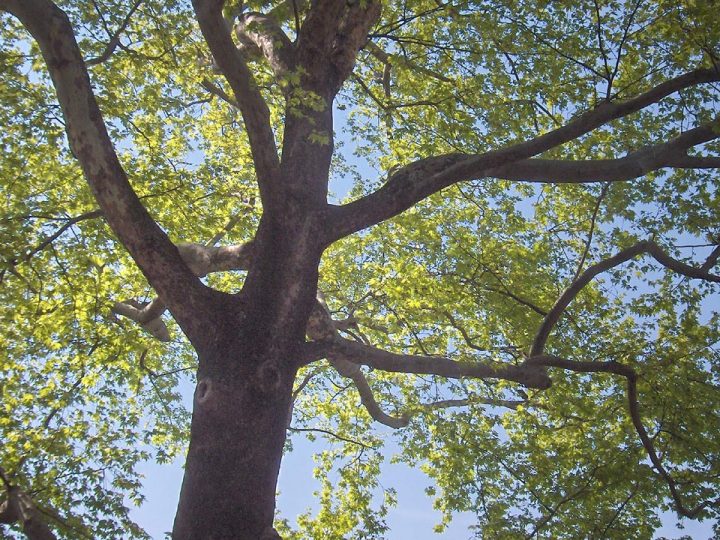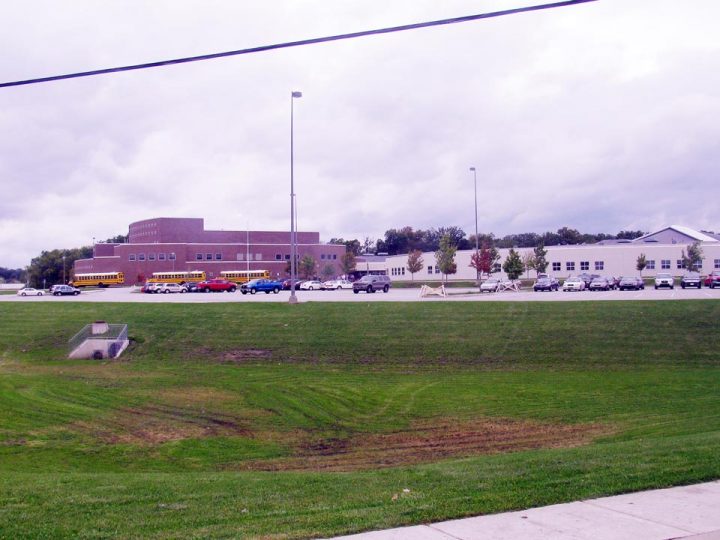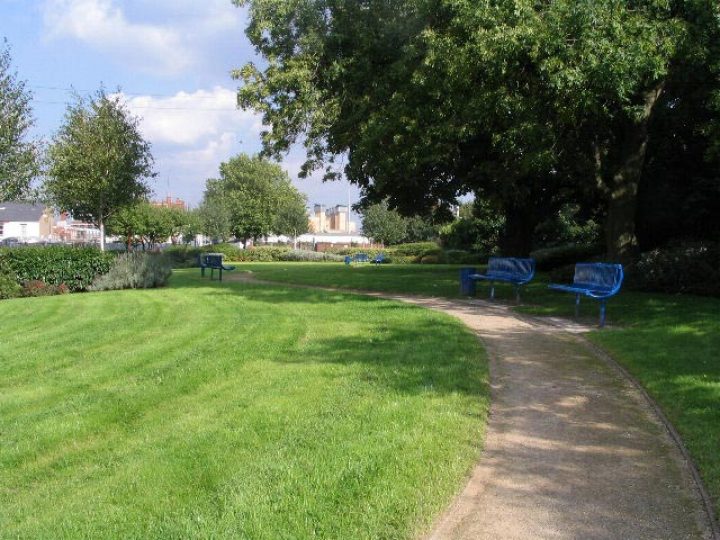
Organic Bowl
A people-friendly green infrastructure solution that creates flexible spaces for neighborhood gatherings and manages stormwater on site.
Cost
People
Upkeep
Experience
Stormwater
Sun/Shade
The Organic Bowl is your opportunity to create a dynamic recreational amenity in your community! This lot design occupies a double lot and is perfect for a neighborhood group or organization that wants space for community gatherings, picnics or a place for children to play.
The design includes a large open area just below street level, providing some separation from the adjacent traffic. The low area doubles as green infrastructure with the ability to collect stormwater from neighboring houses.
Ideal Location: Double lot in full or part sun (near a school or community hub is ideal).
Lot Type
Special Lot Condition
DFC 20 Year Land Use Area
Cost
The estimated cost of the Organic Bowl is high, and based on utilizing volunteer and hired, professional labor. The Field Guide recommends hiring a professional for the earthwork, lot preparation and to permit and install the overflow culvert. The cost assumes that residents or volunteers have access to basic safety gear and garden tools. It is reasonable to install the planted part of this design using volunteer labor. If you are starting with a level or completely backfilled lot, one cost to consider is the disposal of the extra soil you will generate from excavating this landform. The highest cost item in this lot design is the work we strongly recommend a landscape contractor complete.
Habitat Benefits
Other Benefits
Green Infrastructure
This large stormwater feature manages rainfall harvested from adjacent roofs, as well as potentially from nearby streets. This lot is a great choice for neighborhoods looking to play a role in green infrastructure implementation!
Vegetation and Visibility
This is a medium visibility lot design. The placement of trees (and tree trunks) ensures that most view sheds across, and through, the lot are preserved.
Falling Hazard
The Field Guide recommends hiring a professional to build this project, or at least to complete the earthwork portion of the lot design. With the help of your friends, family or neighbors, the planting part of this project can be completed in one weekend. A large group of volunteers organized by a knowledgeable lot leader will be able to complete this in less time. If you would like to install only the plants yourself, please follow the step-by-step directions provided.
Build Time Estimate
Ten hands or more! The volunteer planting part of this lot design should take one weekend to complete. The Field Guide recommends hiring a professional for assistance with at least the earthworks part of this lot design. Earthmoving is a craft—when in doubt, reach out for help!
Lifespan
Planting Type
Most Interesting Season
Other Consideration
Build
The Field Guide recommends hiring a professional to build this project, or at least to complete the earthwork portion of the lot design. With the help of your friends, family or neighbors, the planting part of this project can be completed in one weekend. A large group of volunteers organized by a knowledgeable lot leader will be able to complete this in less time. If you would like to install only the plants yourself, please follow the step-by-step directions provided.
Build Time Estimate
Ten hands or more! The volunteer planting part of this lot design should take one weekend to complete. The Field Guide recommends hiring a professional for assistance with at least the earthworks part of this lot design. Earthmoving is a craft—when in doubt, reach out for help!
Build Difficulty
Number of People Needed
Neighbor Labor
Time Taken to Build
Build Season
Transportation Intensity
Permit Requirements
Soil State
Other Build Considerations
Upkeep
The Organic Bowl requires a moderate amount of maintenance to thrive. Upkeep will include weeding and watering plants in the newly planted rain garden, particularly during the first two growing seasons while the plant establish themselves. Maintenance requires the same organization and effort as spent planning for construction. Just like the build process, it will be easier, and more enjoyable, if you are working on your lot with friends, family and neighbors. In the beginning, the easiest thing to maintain will be your lawn.
Here’s how to maintain the different sections of this lot design:
The Organic Bowl meadow will require weeding, watering and mowing. In the first year, cut your meadow back to four to six inches whenever it reaches above 10 inches in height. After the first year, continue weeding and mowing your meadow in late fall or early spring to keep the meadow at its best. It will take about three years for the meadow to establish.
Meadows are a work in progress. If you feel your meadow needs more color, it is okay to add additional native seeds and seed mixes.
- The Organic Bowl rain garden is a manageable size; however, watering and weeding plants is still required especially during the first two years. Do not let your rain garden dry out in the first warm season. Add mulch annually to help suppress weed growth. Bulbs and perennials may need to be replaced to keep gardens dynamic and playful.
- Low-Maintenance Fescue Mix should be watered daily until seedlings are four to six inches in height. Once established, grass will not require supplemental watering except during unusually dry periods. Fescue grasses do not grow tall and should only need to be mowed one time per year.
The Organic Bowl’s shape and slopes may make mowing difficult with a standard mower. Consider using a weed whip or other special equipment when mowing the mounds. Always use caution when mowing slopes and follow the manufacturers’ recommendations.
Seasonal Upkeep Levels
- Spring: Medium
- Summer: Medium
- Fall: Low
- Winter: Low





